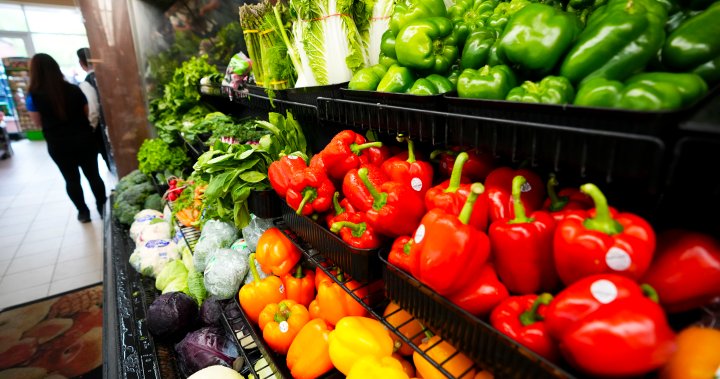
Food inflation bites. Here’s how grocery couponing could help Canadians save
Global News
Couponing has been making headlines throughout the year as the Bank of Canada works to bring down the rate of inflation. So how does it work?
Ten years ago when she was a student, Kathleen Cassidy discovered the power of couponing when shopping for food.
Nowadays, with high food prices taking a bite out of Canadians’ wallets, Cassidy has turned to social media to share her experiences in saving money at the grocery store.
“I normally save thousands of dollars a year,” said Cassidy, who is the founder of the Living on a Loonie social media blog.
“Depending on what you use and how brand loyal you are, you can definitely save a lot of money.”
Couponing has been making headlines throughout the year as the Bank of Canada works to bring down the rate of inflation. According to a recent CIBC poll, many Canadians are employing savings strategies like couponing to save money on purchases. So how does it work?
Coupons are often given by manufacturers and can be used for discounts on their products, said Sylvain Charlebois, director of the Agri-Food Analytics Lab at Dalhousie University.
Coupons incentivize the marketplace by offering consumers a discount in exchange for purchasing their product. Coupons are different than grocery flyers, which are a form of advertising managed by supermarkets, Charlebois said.
“Coupons will actually incentivize consumers to buy the product by offering a discount, so you have to take a physical action in order to save money, whereas a flyer there’s some vertical coordination between grocers and manufacturers, and so manufacturers will want grocers to promote their products as much as possible,” he said.
